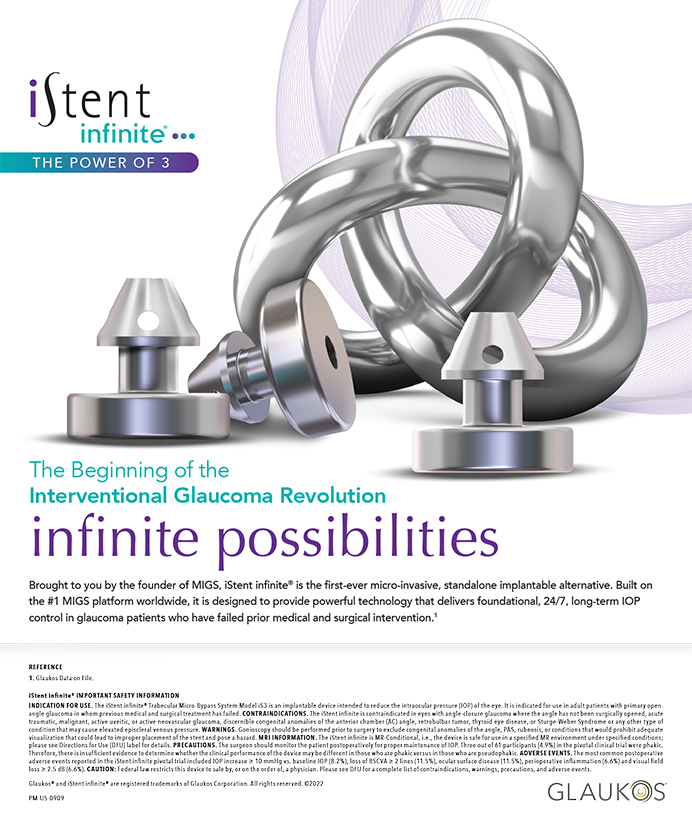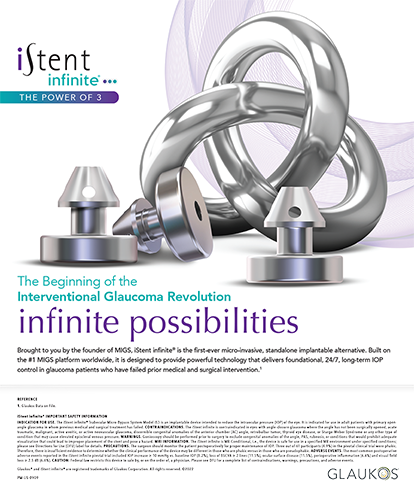There is absolutely no need for this disruptive new technology. Cataract surgery is one of the safest, most effective operations performed today, and patients are happy with current results. The new surgery is dangerous and more expensive, and who is going to pay for it? These were the nicer comments hurled at Sir Harold Ridley 50 years ago and Charles Kelman, MD, 35 years ago when they had the audacity to suggest that cataract surgery could be improved upon with the addition of an intraocular lens and a small incision, respectively. Today beloved as pioneers, these two legends were the most controversial figures in our field for years. They faced professional antagonism, hostility, and ostracism. Thankfully, they persevered, and patients no longer wear coke bottle glasses and endure 6 weeks of visual rehabilitation and 2.00 D of against-the-rule astigmatism after cataract surgery.
Philosopher and historian George Santayana stated, “Those who cannot remember the past are condemned to repeat it.” We have a controversial new technology for cataract surgery, which may or may not prove to be as revolutionary as IOLs and phacoemulsification. Regardless, some of the concerns being voiced about laser cataract surgery are divisive and irrational. Whether or not we embrace or ignore the new technology, our patients will ultimately decide its importance. As Dr. Kelman said, “Doctors debate; patients decide.” If our patients achieve better outcomes with laser versus standard cataract surgery, the new technology will succeed.
As this process plays out, I wish to emphasize the importance of several basic principles during a time when the US government and the FDA in particular are making innovation extremely difficult in this country. First, we ophthalmologists must remain devoted advocates for our patients. We have an obligation to provide excellent care and to search for new and better ways to preserve and rehabilitate their vision, which ultimately improves their quality of life. We should nurture the development of new technology and then evaluate its efficacy. Those of us who are early adopters of these devices and procedures must accurately report our outcomes and educate our colleagues, and the rest of us should have patience until we become comfortable with these innovations.
This edition of Cataract & Refractive Surgery Today contains several fascinating articles about laser cataract surgery. They range in subject from outcomes to logistics to billing and marketing. I happen to like the title of my fellow chief medical editor Stephen Slade’s article, “Do we need laser cataract surgery?” He convincingly argues that we do. Whether we agree or disagree with him, however, we must remember that our patients need new technology and we need to do what is best for our patients. I would add that the US government (ie, taxpayers) cannot afford to pay for every technological advance, but I feel that individual patients should be permitted to pay for health care not covered by their insurance plans when they believe it will provide them with a better result.
Eric D. Donnenfeld, MD
Chief Medical Editor


